First, flavor rules here! Healthy, “good for you” food is only good for you if you actually enjoy eating it. Real full flavor food and how to make it as easily as possible is what this site is all about.
Now, what is fiber? Fibers (aka: roughage, bulk) are naturally occurring plant-based carbohydrates (complex sugar molecules) our bodies cannot digest.
Odd as that sounds, considering that fiber cannot be digested or absorbed to power our bodies, fiber needs to be part of our daily diet to regulate body functions way beyond digestion and elimination of waste, especially considering that our bodies are still physically the same and require the same maintenance as the hunter gatherer bodies (see last post at this link) we developed from only 10,000 years ago.
Here’s a slide from a terrifically comprehensive video I’ll recommend below from the University of California San Francisco showing the Institute of Medicine’s daily fiber intake recommendations for men and women by age.
Below is a brief outline of the two different types of fiber, soluble and insoluble fiber that are available in varied quantities in all natural plant foods, and what they do. See the bottom of this blog for links to some excellent resources for more detailed information that I greatly enjoyed reading before writing this.
Soluble fiber is fiber that is able to dissolve in water. Insoluble fiber is fiber that cannot dissolve in water.
Soluble fibers:
- come from material inside and around the outside of plant cells
- soak up water from your body and add bulk to the contents in your intestines, which improves gut health and strengthens your intestinal muscles
- help prevent constipation, control blood sugar and reduce cholesterol
- are found in beans, oats, fruits, vegetables
Insoluble fibers:
- are the materials that make up “woody” superstructure of plant cells, like plant cell walls
- help the contents of your intestines move easily through your intestinal tract, which also helps maintain gut health
- are found in fruit skins (apple, peach, pear, etc.), nut membranes (not shells) and whole grain bran (the tough outer covering of grain kernels)
Here are some high fiber foods I use regularly and pulled together from my kitchen cabinets and fridge just now.
The health benefits of a high fiber diet, meaning that you take in at least the daily amount of fiber shown above, include:
- weight loss/healthy weight maintenance because the combination of soluble and insoluble fiber promotes satiety (the feeling of being comfortably satisfied and not hungry) for a long period of time
- reduced risks of:
- heart disease and stroke because fiber works to absorb and help eliminate artery clogging cholesterol
- diabetes because fiber absorbs and helps eliminate sugar
- colon cancer because fiber keeps food moving efficiently through your intestinal tract
Here are just a few samples of recipes you can find on this site to make eating a whole, high fiber foods fully flavorful.
Here are 2 video and 3 written article references for more detailed information about fiber and its health benefits directly related to you.


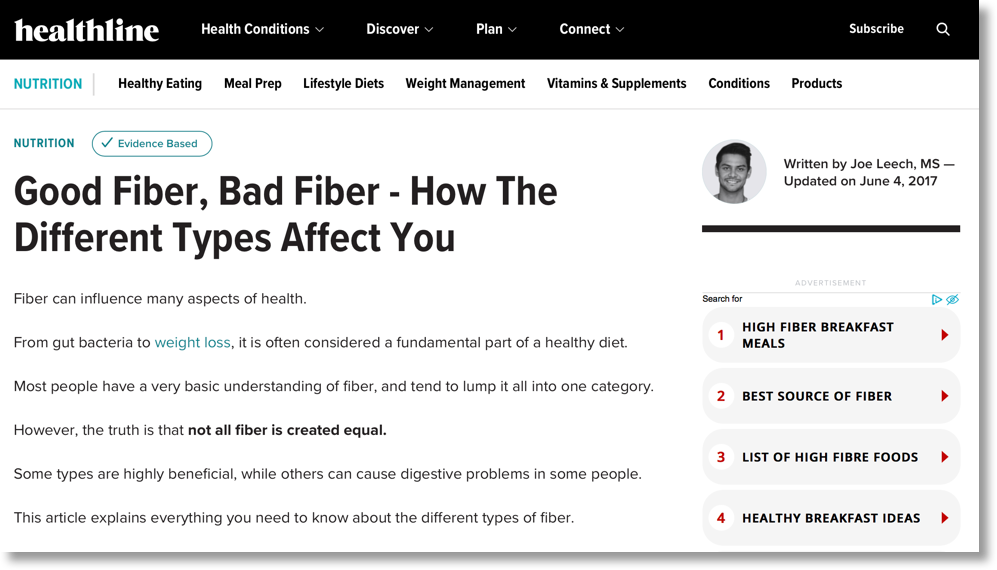

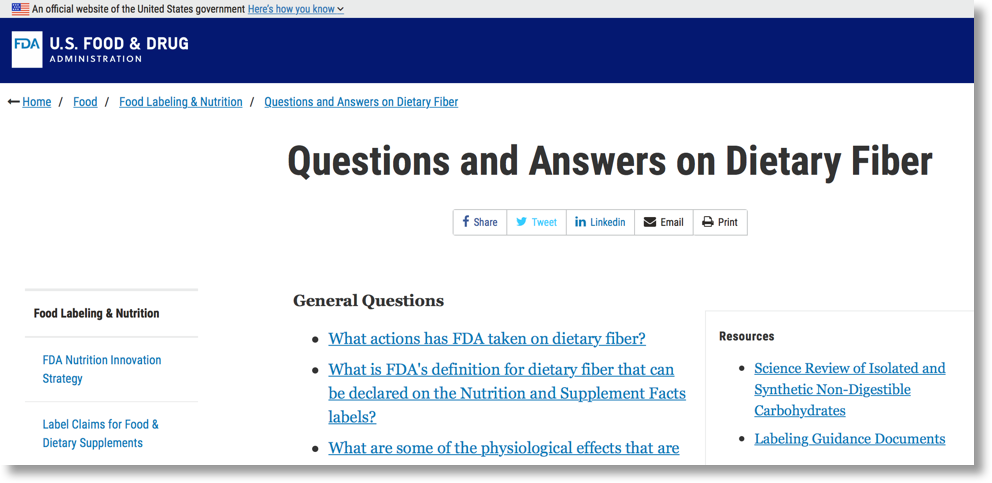

 January 10th, 2022
January 10th, 2022  brucetretter
brucetretter 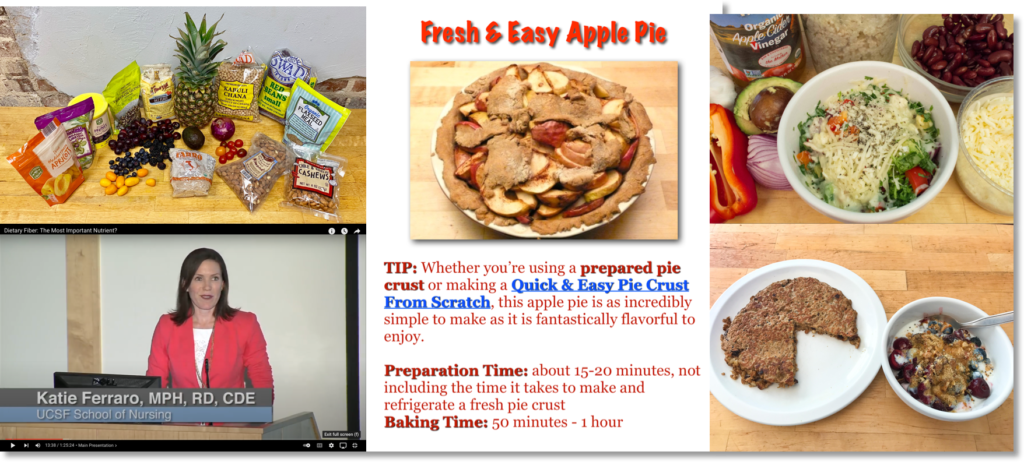

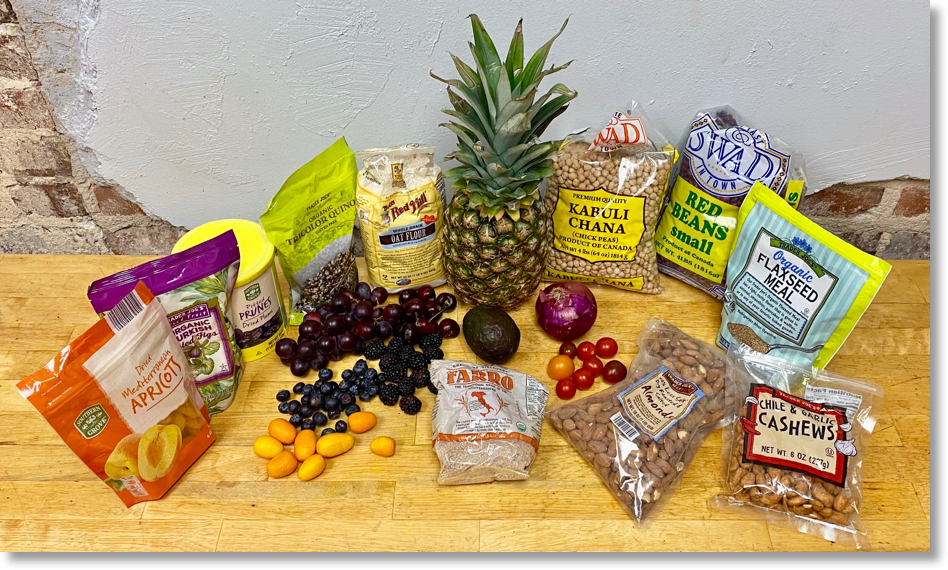
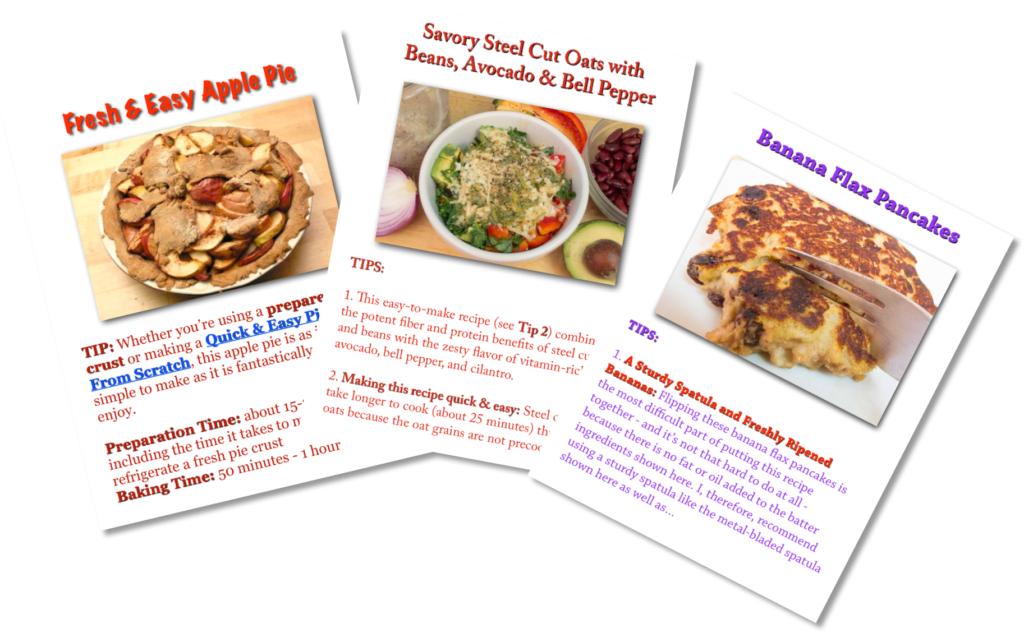
 Posted in
Posted in  Tags:
Tags: